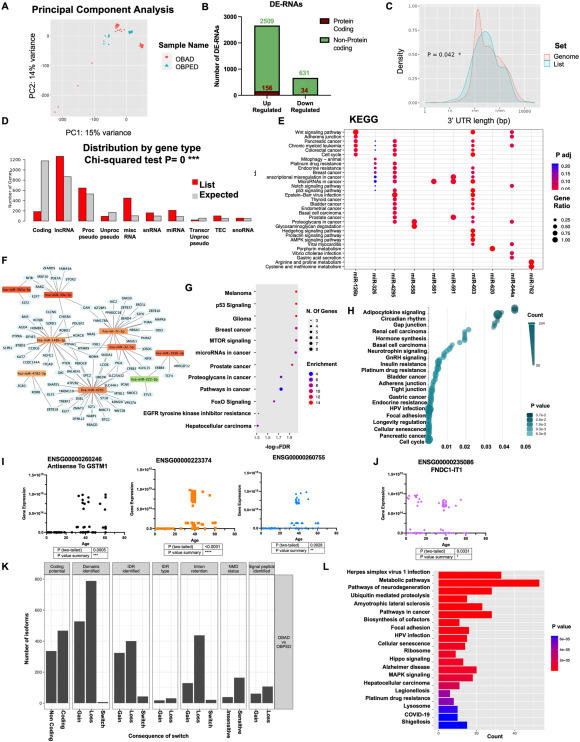
Gene expression analysis in subcutaneous adipose tissue reveals a predominant influence of lncRNAs during growth


The adipose tissue is a crucial energy reservoir that can undergo significant changes during aging, impacting the pathogenesis of metabolic disorders, including obesity.1 Obesity affects individuals of all ages, with different implications for each stage of life. It is thought to be a state of accelerated aging, prompting the introduction of the term "adipaging", for which obesity and aging share key biological hallmarks strictly related to a dysfunctional adipose tissue.2 Understanding the complex molecular relationships between obesity and aging is crucial for developing effective strategies to mitigate their impact.2 As transcriptional studies can allow the identification of novel gene expression patterns and identify putative genes and regulatory pathways that could contribute to the development of diseases related to obesity, we conducted a computational integration of available total RNA sequencing datasets in obesity-affected patients, to obtain insights into the transcriptional differences present in the subcutaneous adipose tissue of obesity-affected children and adults in a wide cohort.
